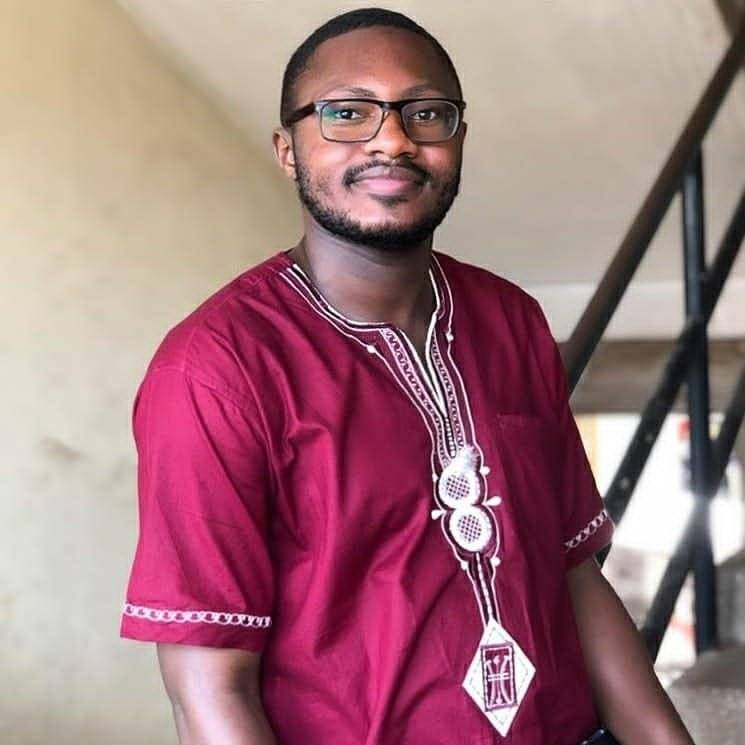Midjourney, an AI-powered image generator, has exploded in popularity over the last year. With over 18 million users in its Discord server, it has become the premier way for people to create AI-generated art.
But Midjourney did not appear overnight. Its founder, David Holes, built it after a long career of learning from past mistakes. His journey shows how failure can be the greatest teacher.
In the Beginning
David was obsessed with computers from a young age. He learned to code starting at just 10 years old and even hacked video games as a kid.
In college, David studied physics and math before starting a PhD in applied math. He worked at prestigious research institutes but eventually left academia, worried he would just spend his career writing papers. He wanted to make a bigger impact.
So in 2010 David started Leap Motion, a company developing technology to let people control computers with hand gestures. It was visionary, but too early. When Leap Motion launched its first product in 2013, the world just wasn't ready.
Leap Motion raised over $40 million in funding and its technology received lots of buzz. But it never achieved product-market fit. Sales disappointed and David turned down an acquisition offer from Apple.
After pivoting to VR, Leap Motion open-sourced its augmented reality headset design in 2018. But the company was struggling. In 2019, Leap Motion was acquired for just $30 million - a massive drop from its peak valuation.
Learning from Failure
David took many lessons from his experience at Leap Motion:
- Don't ignore product-market fit. No matter how cool the technology, people need a reason to use it.
- Silicon Valley VCs focus too much on monetization over core value.
- Open collaboration and user feedback is key for developing novel technologies.
- Be flexible and don't wait for perfection. Release minimum viable products quickly.
Armed with these lessons, David was ready to try again.
The Rise of Midjourney
In June 2020, David read a pivotal research paper on using AI diffusion models to generate images. He immediately realized this could improve image generation massively.
When Open AI released its DALL-E model in 2021, David knew the time was right. He started Midjourney in early 2022, just as AI image generation was taking off.
Midjourney's use of Discord for its community was genius. The collaborative feedback supercharged development. Midjourney quickly built virality through the volume and quality of images shared.
David also focused on user experience. He optimized Midjourney to balance image quality and generation speed. And he made sure to secure ample computing power, the scarce resource Midjourney really needed.
Just one year after starting Midjourney and without any VC funding, David has made it the premier AI art generator. Millions of people use it daily just for fun. And it likely already makes tens of millions in profit.
The Future
David acknowledges AI comes with risks. But he sees it as a resource to make life better, like electricity. With care, it can drive human progress.
After 20 years of work, David's overnight success with Midjourney proves the power of learning from failure, staying flexible, and keeping the user at the forefront. Those timeless lessons enabled him to build the best AI image generator yet. And David is just getting started.


